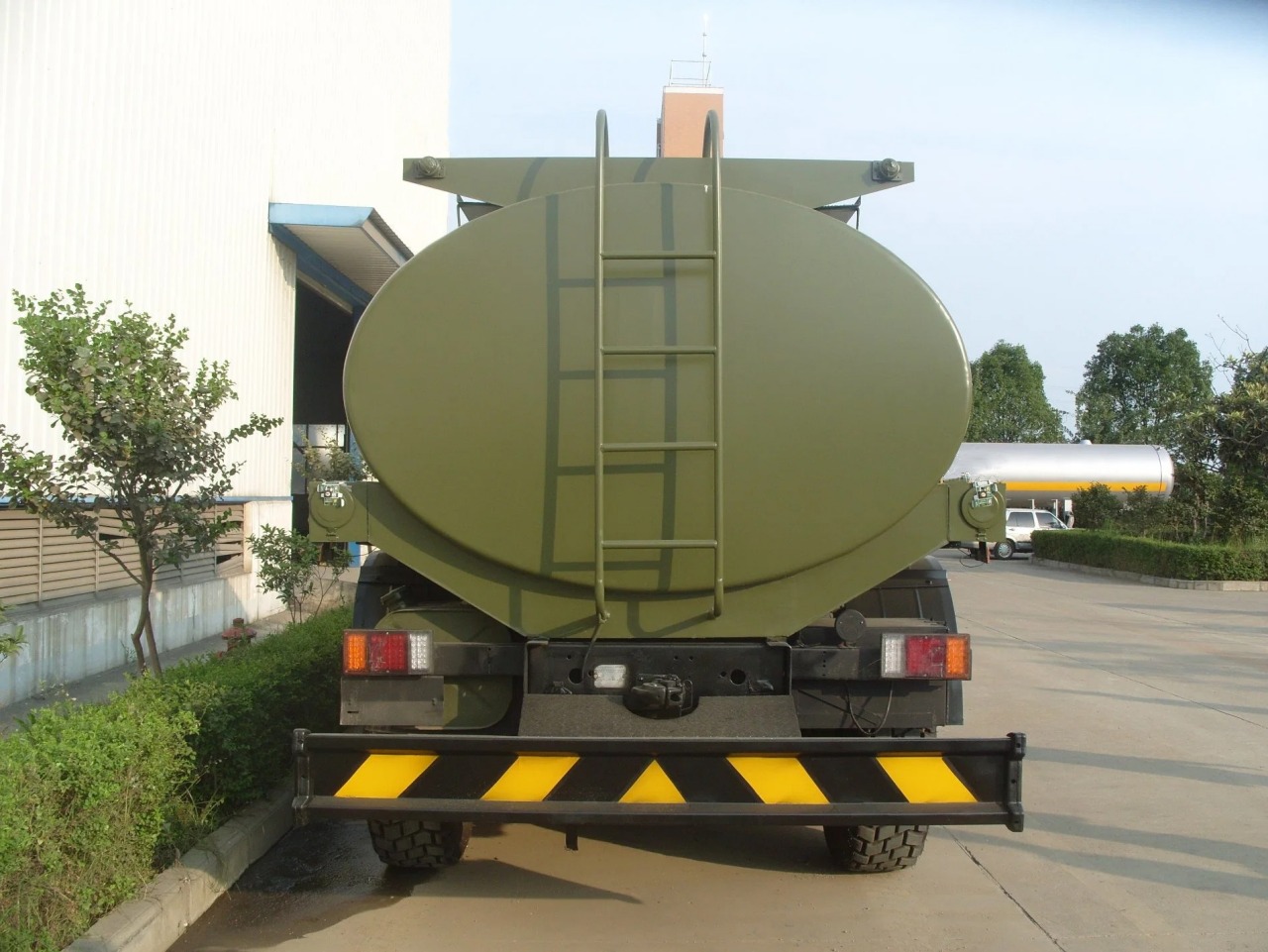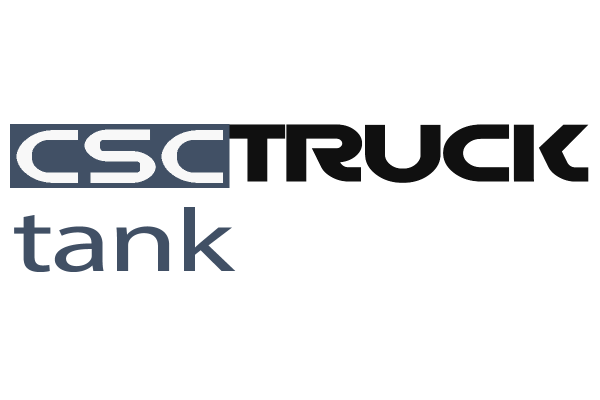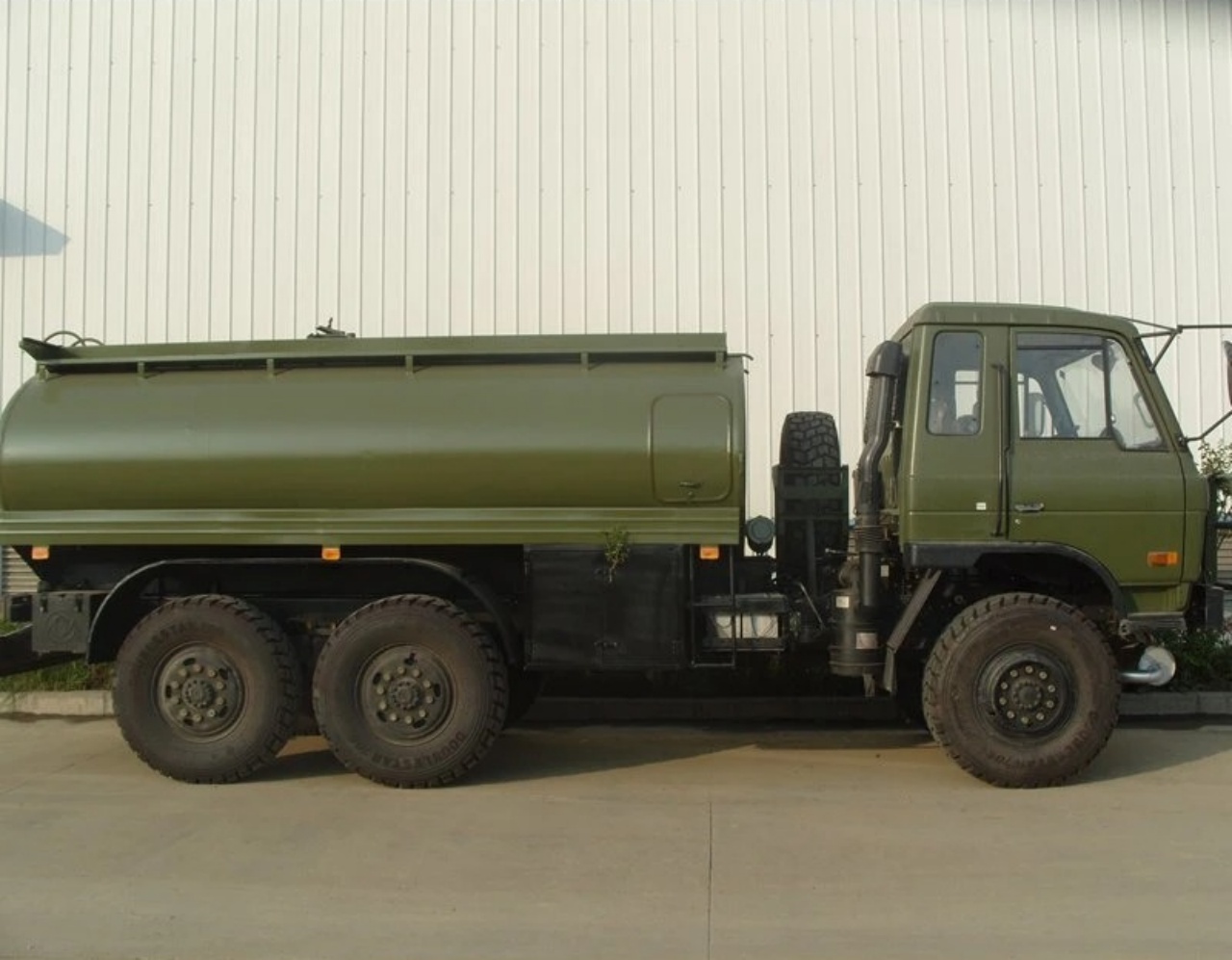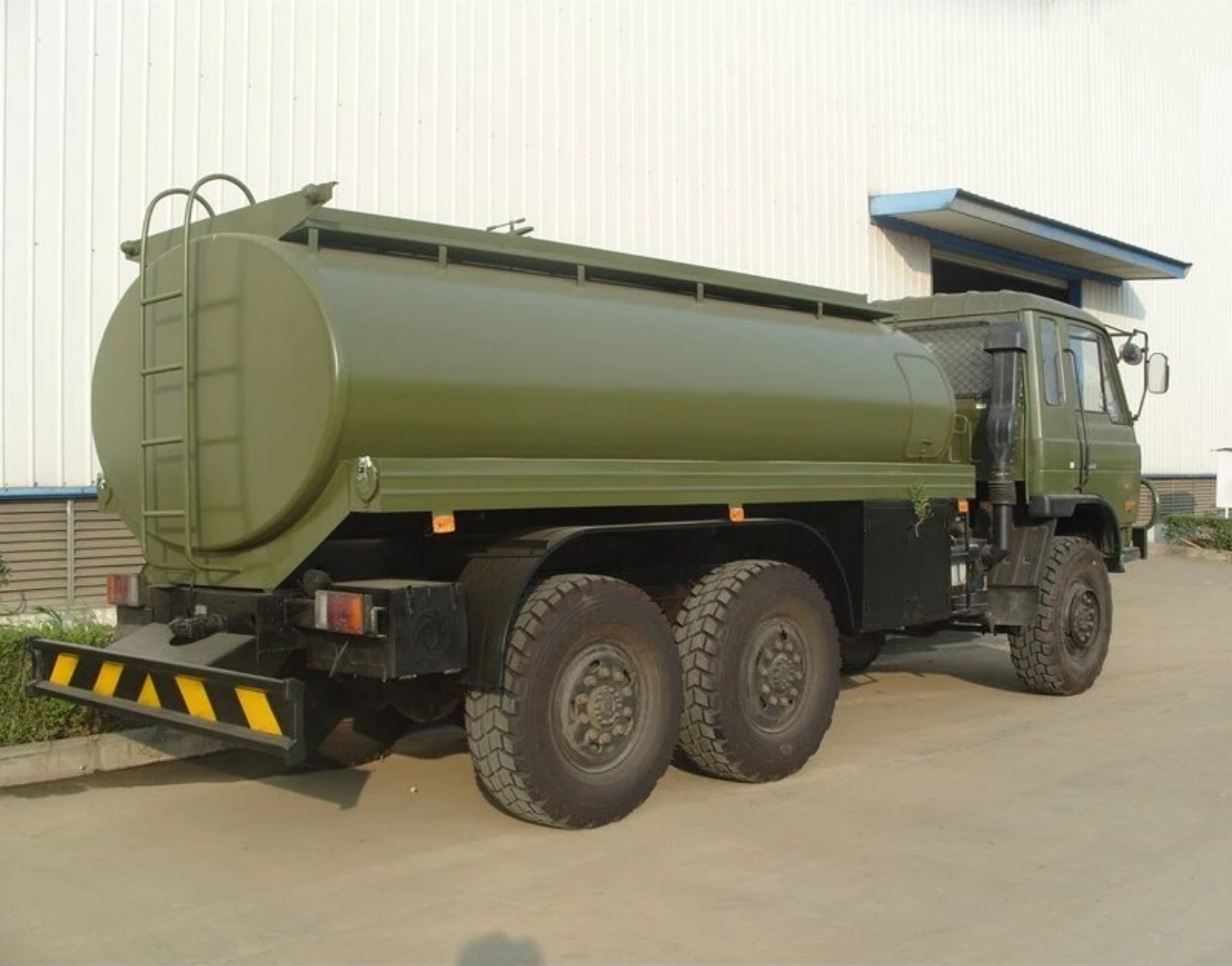Tanker trucks are essential vehicles in the logistics and transportation industries, responsible for hauling vast quantities of liquid or gas cargo across long distances. These trucks are engineered with specialized tanks to transport substances that range from everyday commodities like milk and gasoline to hazardous chemicals and cryogenic materials. But what exactly is inside a tanker truck? To answer this, we must look at not only the types of cargo carried but also the structural components and safety features that make tanker trucks capable of carrying such loads.
Types of Cargo Inside a Tanker Truck
The most defining feature of a tanker truck is what it carries. Tanker trucks are designed based on the nature of their cargo. Here are the most common substances found inside:
1. Fuel and Petroleum Products
Gasoline, diesel, jet fuel, and crude oil are some of the most common liquids transported by tanker trucks. These substances require tanks made from materials like aluminum or stainless steel with specialized coatings that prevent corrosion and contamination. Baffles inside the tank minimize sloshing and maintain vehicle stability during transit.
2. Food-Grade Liquids
Milk, juice, liquid sugar, vegetable oil, and other consumables are transported using food-grade tanker trucks. These tanks are made from stainless steel and are cleaned rigorously to maintain hygiene standards. Some tanks are insulated or equipped with temperature control systems to ensure the freshness of the contents during transportation.
3. Chemical Liquids
Tanker trucks that transport corrosive or reactive chemicals must be constructed from materials that resist chemical interaction, such as stainless steel lined with rubber or fiberglass-reinforced plastic. Acids, solvents, and industrial chemicals require rigorous safety protocols and labeling to prevent leaks or accidents.
4. Liquefied Gases
Tanker trucks also carry liquefied gases like propane, liquefied natural gas (LNG), and carbon dioxide. These tanks are pressurized and often double-walled with insulation to maintain the gas in liquid form under high pressure or cryogenic temperatures.
5. Dry Bulk Materials
Though technically different from liquid tankers, some tanker trucks carry dry bulk materials like cement, flour, and plastic pellets. These are stored in sealed compartments and offloaded using pneumatic systems.
Internal Structure and Design
The inside of a tanker truck isn’t just an empty shell filled with liquid. Its design is meticulously engineered to ensure safety, efficiency, and product integrity.
1. Compartments
Many tanker trucks are divided into multiple compartments within the tank. This allows the vehicle to carry different substances at the same time or smaller quantities of the same product to multiple destinations. For fuel tankers, it’s common to find 3 to 5 compartments, each with its own inlet, outlet, and vent system.
2. Baffles
To prevent the cargo from sloshing around while the truck is in motion, baffles are installed inside the tank. These are perforated barriers that disrupt the liquid’s momentum and maintain balance, reducing the risk of rollovers during sudden stops or turns.
3. Insulation and Heating Coils
For temperature-sensitive materials, the tank may be insulated with foam or fiberglass. Some tanker trucks also include heating coils—pipes that run through the tank and carry steam or hot water to maintain a specific temperature, crucial for products like asphalt or liquid chocolate.
4. Liners and Coatings
Depending on the cargo, the inner surface of the tank might be lined with materials that prevent contamination or corrosion. For example, epoxy or rubber linings are used in chemical tankers, while food-grade tanks have polished stainless steel interiors to ensure hygiene.
Safety Equipment Inside and Around the Tank
Given the often dangerous nature of their cargo, tanker trucks are equipped with numerous safety features:
1. Pressure Relief Valves
These valves prevent pressure buildup inside the tank, especially critical when transporting gases or liquids at high temperatures. They ensure that if the internal pressure exceeds safe limits, excess pressure is vented automatically.
2. Emergency Shutoff Systems
Automatic and manual shutoff valves are installed to stop the flow of liquid in case of accidents or leaks. These systems can be activated remotely by the driver or automatically by pressure sensors.
3. Vapor Recovery Systems
When volatile substances like fuel are offloaded, vapors are released, which can be hazardous. Vapor recovery systems capture and recycle these vapors, reducing environmental impact and fire risk.
4. Grounding Equipment
To prevent static discharge, which could ignite flammable cargo, tanker trucks often include grounding wires that must be connected before loading or unloading begins.
Loading and Unloading Mechanisms
The way contents are loaded and offloaded from a tanker truck also reveals a lot about what’s inside. For instance:
- Top-Loading vs. Bottom-Loading: Some tanker trucks are filled from the top through manholes, while others use bottom-loading systems that are safer and quicker, especially for fuel.
- Pumps and Compressors: Liquid tankers often have built-in pumps for offloading cargo. Dry bulk tankers use compressors and air pressure to blow materials out through hoses.
- Gravity Discharge: Heavier liquids might be offloaded by gravity alone, using angled tanks and strategically placed valves.
Regulatory Compliance
Because of the nature of their cargo, tanker trucks must comply with various national and international regulations. These regulations govern:
- Hazard Labeling: Tanker trucks carrying dangerous goods must display appropriate hazard placards indicating flammability, toxicity, or corrosiveness.
- Inspection Protocols: The interior of a tanker truck must be inspected regularly for structural integrity, cleanliness, and safety systems.
- Driver Certification: Operators of tanker trucks must have specialized training and certification, particularly for hazardous materials (HAZMAT).
Real-World Applications
Understanding what’s inside a tanker truck is not just academic—it has real-world implications. A fuel tanker resupplying a rural gas station, a milk tanker heading to a dairy processing plant, or a cryogenic tanker supplying a hospital with liquid oxygen—all depend on the specific design and configuration of the tanker interior.
Conclusion
So, what’s inside a tanker truck? The answer is a complex integration of cargo, structural engineering, and safety systems. These trucks are far more than simple containers on wheels. They’re sophisticated machines tailored for specific materials, each requiring unique handling, materials, and technologies. Whether it’s delivering clean drinking water, life-saving medical gases, or industrial chemicals, the interior of a tanker truck is a carefully controlled environment that makes the safe and efficient transport of bulk liquids and gases possible.





